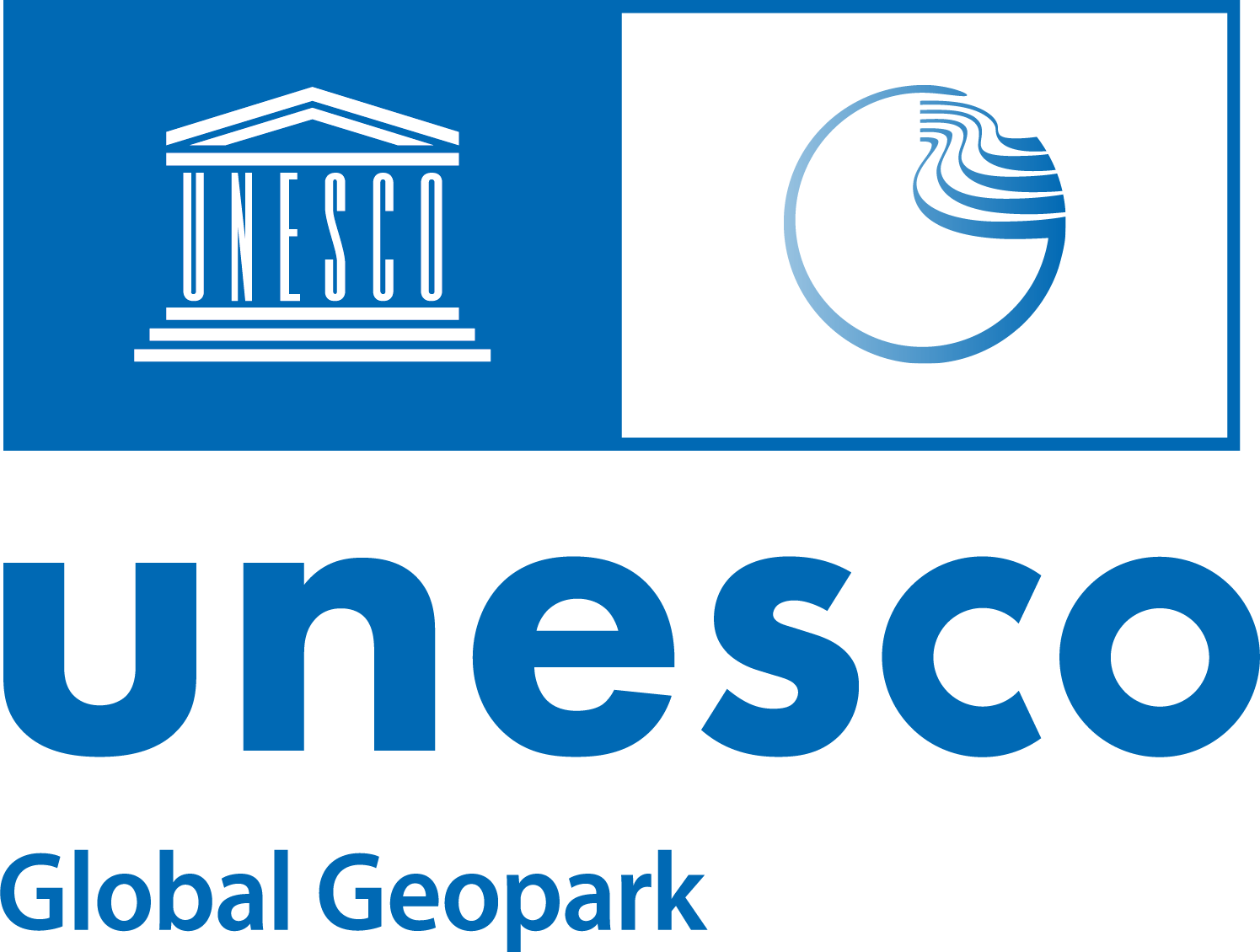
Her name was given to the vast ocean which once covered much of the Earth, its waters flowing from what are now the shores of Britain to distant China. This was the ocean that dominated the Age of Dinosaurs, the Mesozoic Era. The ocean was born as the Pangaean supercontinent rifted apart, creating the continents of Europe and Africa, and was destroyed when these two continents later collided.
Within the Grevena and Kozani regions in Greece, the Tethyan Ocean system and the tectonics of its creation and closure are the defining geologic features of a globally unique area that includes remnants of this ancient oceanic plate and the terrains of that era.
We can trace the birth of the Tethys Ocean, during the Triassic Period, in preserved seafloor volcanic and sedimentary rocks.
The Vourinos Ophiolite
The world’s original description of an ophiolite as analogue to an oceanic spreading system comprises the geologic heritage site of the Vourinos Ophiolite, which preserves a complete Tethyan lithospheric section;
Mount Orliakas, itself formed as a reef within the remnant waters of the Cretaceous Tethys, is astride the ancient African-European suture zone. Plate motions related to the history of the Tethyan seas fashioned today’s landscape that includes sites of great natural beauty. More recent glaciations further sculpted these geomorphic wonders to today’s natural attractions, the Geowonders. These areas provide a provenance to some of the world’s most important proboscidean fossils, the Lands of the Elephants.
The oldest rocks of Greece are found here, within a granite terrain that once formed part of the supercontinent Pangaea. Its tiny crystals of zircon once belonged to a much more ancient landmass, the Amazonian craton.
Remnants of Tethys make up much of the surface area of the Geopark. Our mountains and landscapes are the surficial outlines of the collision that consumed Tethys, and left us with a heritage of Geowonders.
We feel strongly linked to all the other areas of the Earth that host the legacy of our Titan, Tethys.










